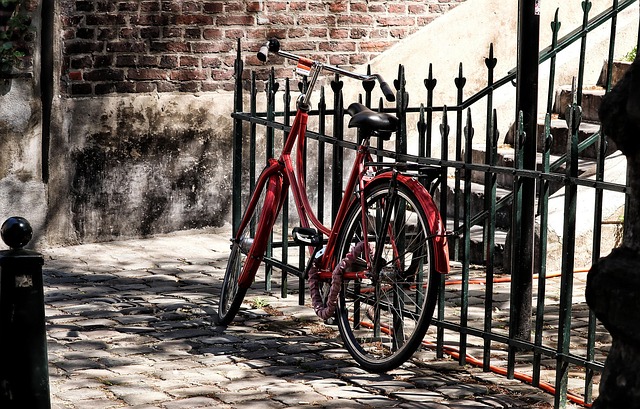Large properties present unique challenges when it comes to fencing, demanding durable, cost-effective solutions that can span vast distances. This article guides you through efficient strategies to fence your expansive land without breaking the bank. From assessing your property’s specific needs to exploring a range of budget-friendly materials and installation methods, including DIY options, we provide practical insights for both expert do-it-yourselfers and those seeking professional assistance. Learn how to maintain your fence for longevity and preserve your savings.
- Understanding Your Property's Fencing Needs
- Exploring Budget-Friendly Material Options
- Installation and DIY Fencing Solutions
- Maintenance Tips for Longevity & Savings
Understanding Your Property's Fencing Needs
Before exploring cost-effective fencing solutions, it’s crucial to understand your property’s unique fencing needs. Every large property is different in terms of size, shape, terrain, and security requirements. Conducting a thorough assessment will help you identify factors that influence your choice, such as whether you need privacy, security barriers, or aesthetic enhancement.
Consider the areas that require fencing—perimeter boundaries, gardens, swimming pools, or specific entry points. Also, think about materials that align with your property’s character and surrounding environment, from traditional wood to modern metal or vinyl options. This understanding will guide you towards suitable fencing solutions that offer both functionality and value for your investment.
Exploring Budget-Friendly Material Options
When it comes to large properties, fencing can be a significant investment. However, there are numerous cost-effective material options available that allow for both functionality and aesthetics. Wooden fences, for instance, offer a classic look while being relatively affordable. Treated wood varieties, such as cedar, are particularly durable and resistant to rot, ensuring longevity even in harsh weather conditions. Alternatively, vinyl fencing is another popular choice due to its low maintenance requirements and wide range of styles.
Metal fencing options, like steel or aluminium, are also budget-friendly choices that exude strength and security. These materials are highly versatile, allowing for both straight and curved designs to fit various landscapes. Moreover, these fences often come with additional features such as privacy panels or decorative elements, enhancing their visual appeal without breaking the bank. Exploring these options can help property owners find a balance between quality, durability, and affordability for their fencing needs.
Installation and DIY Fencing Solutions
When considering fencing for large properties, installation options play a significant role in both cost and efficiency. Professional installation offers several benefits, including expert knowledge to ensure structural integrity and proper alignment. It also comes with warranties, providing peace of mind against potential issues that may arise over time. However, DIY fencing solutions are gaining popularity for their cost-saving advantages. With the right tools and resources, homeowners can install fences themselves, reducing labour costs significantly. Online tutorials and pre-assembled components make it accessible for those with basic construction skills.
DIY projects allow for more customization in terms of design and material choice, catering to individual preferences and budgets. While it may require more time and effort, the long-term savings can be substantial. Moreover, this approach fosters a sense of accomplishment and control over the final result. Ultimately, whether opting for professional installation or taking on the project yourself, choosing the right fencing solution depends on personal circumstances, available resources, and desired outcome.
Maintenance Tips for Longevity & Savings
Regular maintenance is key to extending the life of your fence and ensuring long-term cost savings. A simple cleaning routine can prevent buildup of dirt, debris, and plant growth that may compromise the integrity of the fencing material. Use a gentle cleaner or water with mild detergent to scrub away grime, especially in areas prone to moss or lichen growth.
Inspecting your fence for damage on a regular basis is another vital step. Look for loose or missing boards, rusted fasteners, and any signs of rot or decay. Addressing small issues early can prevent them from escalating into major repairs. Keep a kit handy with replacement parts and tools to make quick fixes, saving you time and money in the long run.
